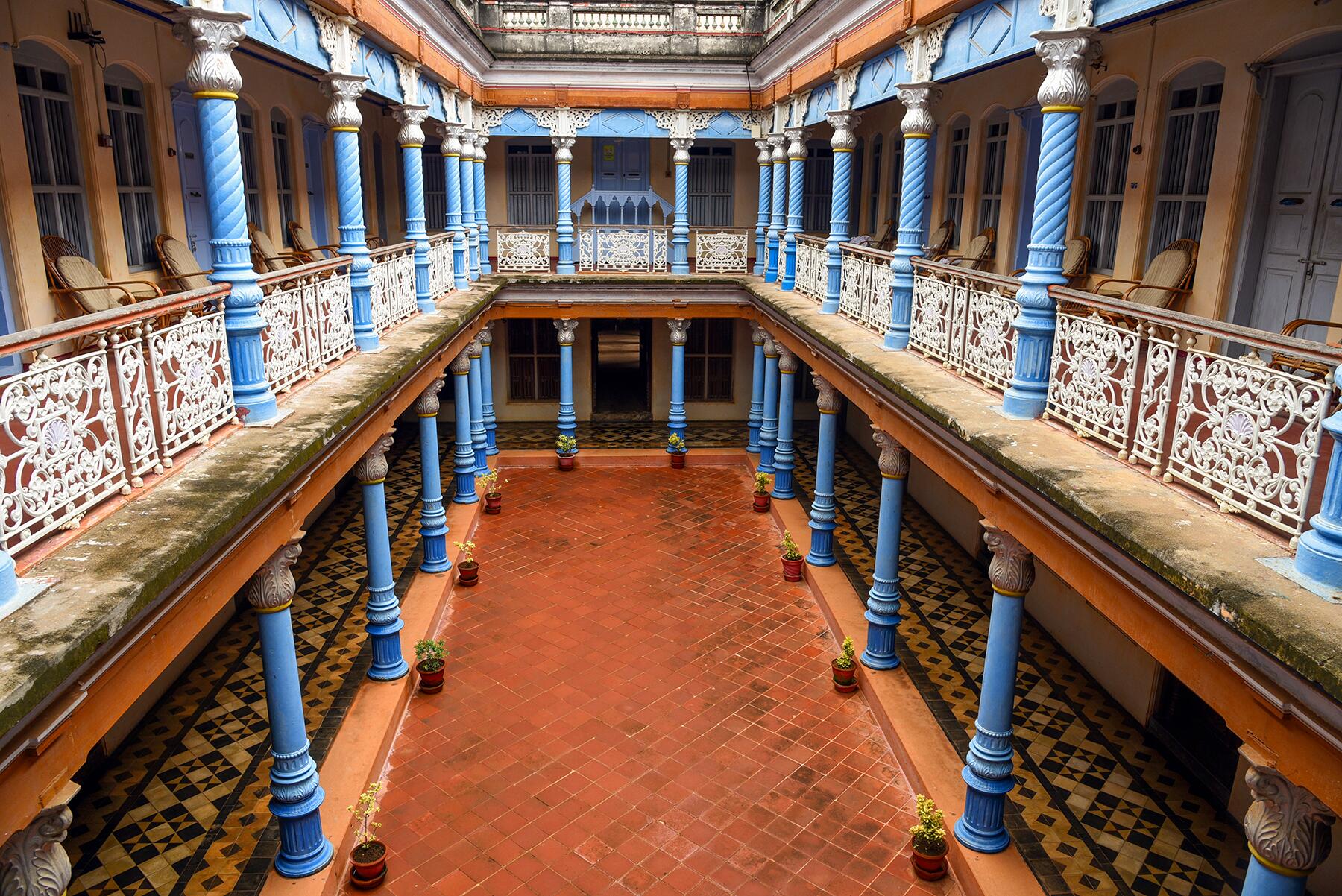With ornate mansions dating back to the early 19th century, Chettinad is an architectural lover’s oasis.
India’s Chettinad is the most surprising part of Tamil Nadu. Deep in the arid interiors of the southern Indian state, it is the land of the Chettiars, who in the early years of the 19th century had sailed the seas with British fleets to Sri Lanka, Indonesia, Malaysia, and Burma and established a powerful banking and trading network.
The wealth they generated in these far-flung places found a testament in the opulent palatial mansions they built across Chettinad’s villages and small towns. A spectacular amalgamation of vibrant Tamil traditions and European architecture, the houses are built in a grid-like pattern and often stretch across two streets. They are repositories of a splendid past and are heavily embellished with Burma teak, Belgian glass, and exquisite craftsmanship.




